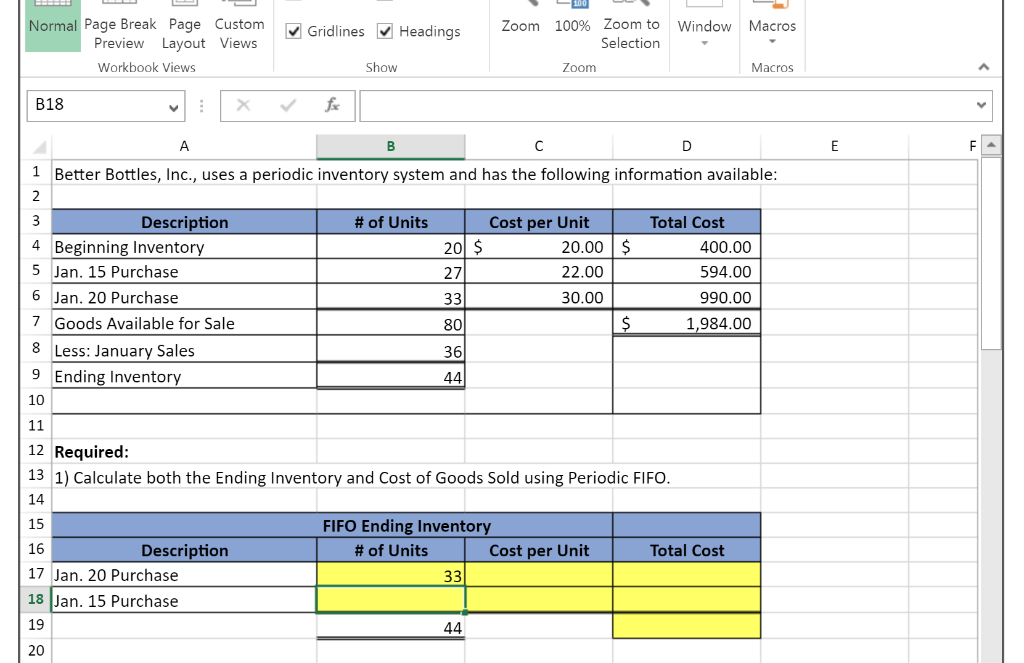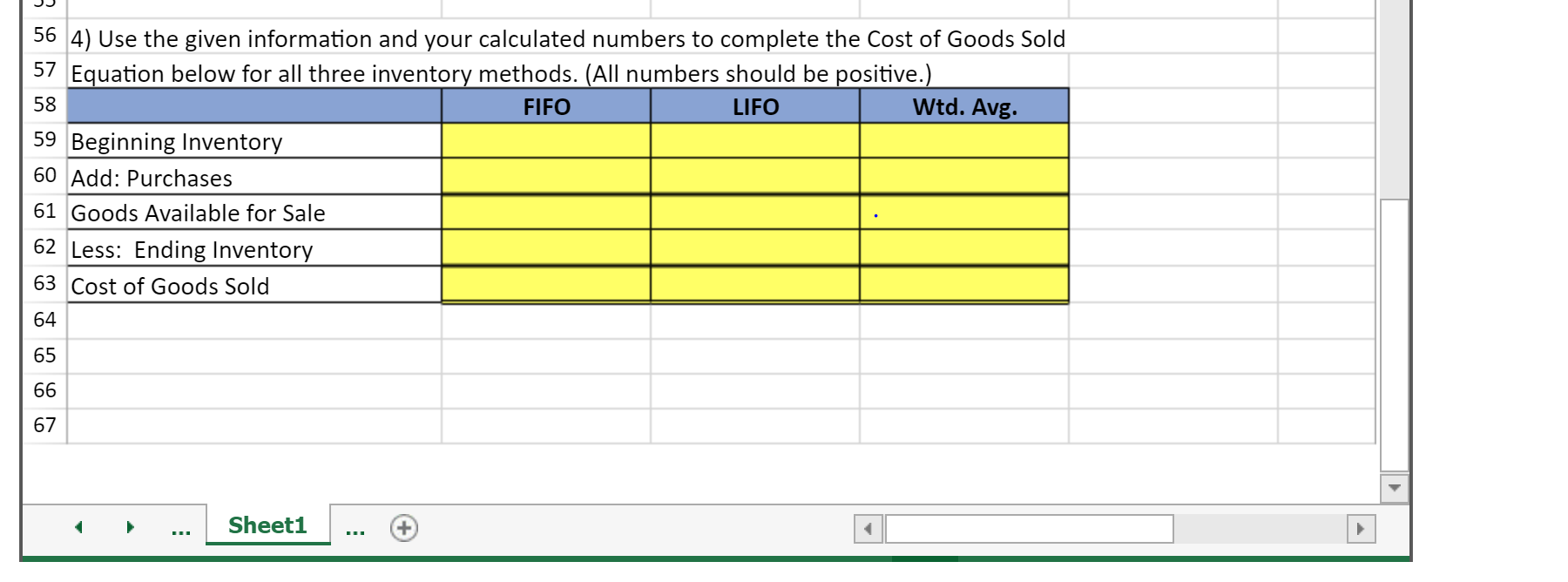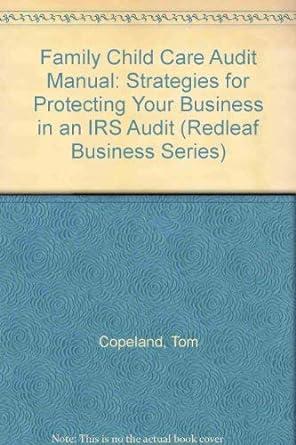all answers must be entered as formula please like =B16-E12
as explaining where are you getting each number you fill in the boxes please




Gridlines Headings Normal Page Break Page Custom Preview Layout Views Workbook Views Zoom 100% Zoom to Selection Window Macros Show Zoom Macros B18 fx A B D E 1 Better Bottles, Inc., uses a periodic inventory system and has the following information available: 2 # of Units 3 Description 4 Beginning Inventory 5 Jan. 15 Purchase 6 Jan. 20 Purchase 7 Goods Available for Sale 8 Less: January Sales 9 Ending Inventory 10 Cost per Unit 200 $ 20.00 $ 27 22.00 33 30.00 80 $ Total Cost 400.00 594.00 990.00 1,984.00 36 44 11 12 Required: 13 1) Calculate both the Ending Inventory and Cost of Goods Sold using Periodic FIFO. 14 15 FIFO Ending Inventory # of Units Cost per Unit 33 Total Cost 16 Description 17 Jan. 20 Purchase 18 Jan. 15 Purchase 19 44 20 Ruler Formula Bar 100 Gridlines Headings Normal Page Break Page Custom Preview Layout Views Workbook Views Zoom 100% Zoom to Window Macros Selection Show Zoom Macros A B18 A B D E F 20 21 FIFO Cost of Goods Sold # of Units Cost per Unit Total Cost 22 Description 23 Beginning Inventory 24 Jan. 15 Purchase 25 36 26 27 2) Calculate both the Ending Inventory and Cost of Goods Sold using Periodic LIFO. 28 LIFO Ending Inventory # of Units Cost per Unit Total Cost 29 30 Description 31 Beginning Inventory 32 Jan. 15 Purchase 33 44 34 35 LIFO Cost of Goods Sold # of Units Cost per Unit Total Cost 36 Description 37 Jan. 20 Purchase 38 Jan. 15 Purchase 39 36 40 Ruler Formula Bar 100 Gridlines Window Macros Headings Normal Page Break Page Custom Preview Layout Views Workbook Views Zoom 100% Zoom to Selection Show Zoom Macros B18 A B D E F 40 41 3) Using Periodic Weighted Average, first calculate the cost per unit using the formula below. 42 Next, apply that same cost per unit to calculate both the Ending Inventory and Cost of Goods Sold. 43 44 45 Cost of Goods Available for Sale Weighted Average Cost = 46 Number of Units Available for Sale = per unit 47 48 Weighted Average Ending Inventory # of Units Cost per Unit Total Cost 49 50 51 52 Weighted Average Cost of Goods Sold # of Units Cost per Unit Total Cost 53 54 55 56 4) Use the given information and your calculated numbers to complete the Cost of Goods Sold 57 Equation below for all three inventory methods. (All numbers should be positive.) 58 FIFO LIFO Wtd. Avg. 59 Beginning Inventory 60 Add: Purchases 61 Goods Available for Sale 62 Less: Ending Inventory 63 Cost of Goods Sold 64 65 66 67 Sheet1










